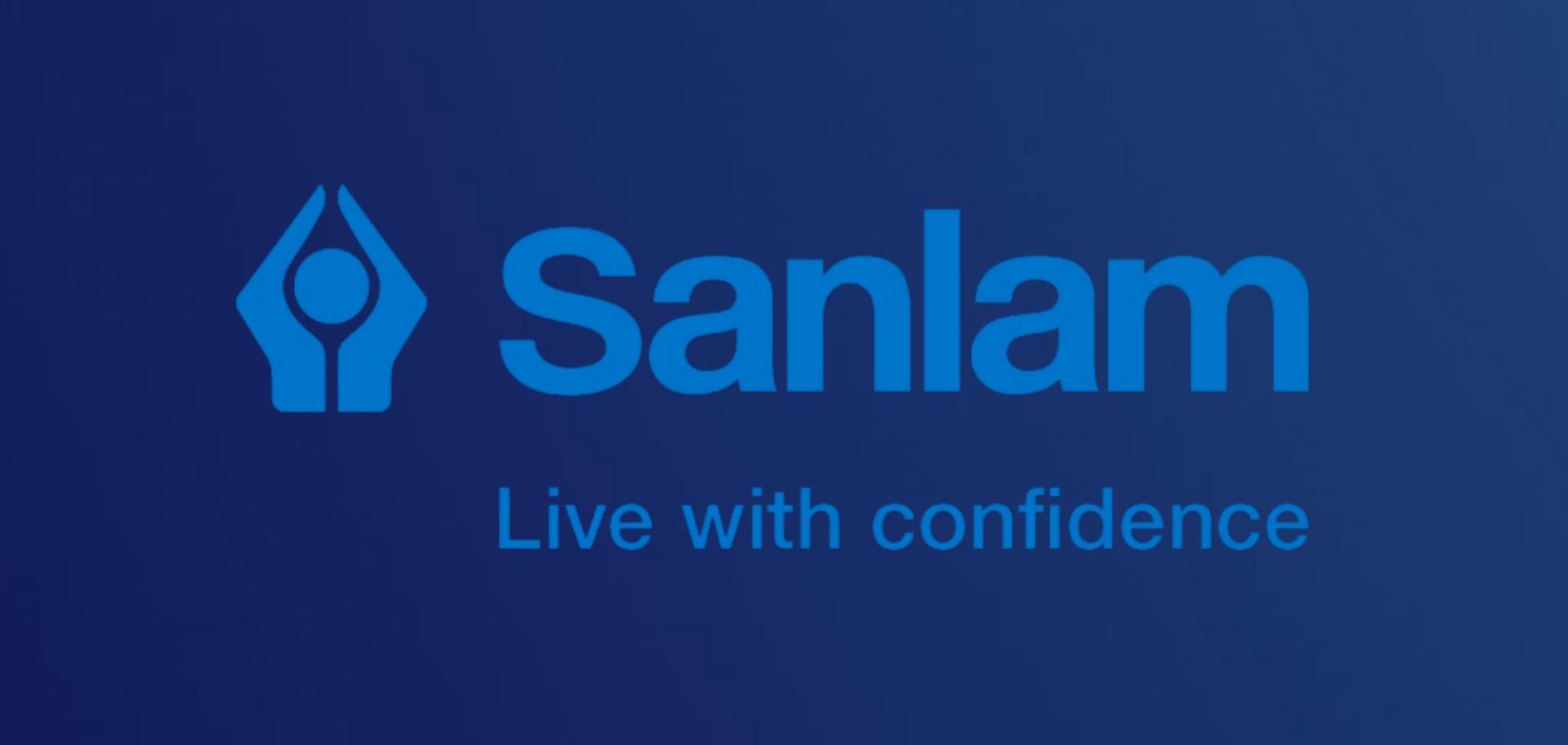Around a week ago, Santam released an operational update for the four months to April 2022, which I wrote a feature article on. Sanlam has now done the same, giving us insights into the mothership.
Sanlam is a genuinely impressive business. If you have a look at the dividend history of the company, this is a very good example of a business that you can buy and forget about. The share price isn’t going to shoot the lights out, but it should give decent returns over an extended period with a significant dividend yield. Having said that, the last few months have been really challenging for the group.
Sanlam is taking a big step in Africa with the Allianz deal. I wrote about the deal in detail in early May, which you can find here. As a quick synopsis, Sanlam wants to combine its African operations with those of Allianz, creating a vast footprint on the continent. Sanlam would hold 60% of the joint venture, which means it would effectively be taking control of Allianz’s assets. This is a significant deal.
The group has positioned itself firmly as an emerging markets business, with only a focused international asset management business remaining in the UK.
Strategically, the story is great. The latest earnings are an unfortunate reminder of the risks faces by insurance groups.
As a sign of the times, Sanlam has significantly increased its buffer of discretionary capital. This means that more money is being kept in reserve, a direct result of ongoing market pressures and uncertainties. Discretionary capital increased from R2.9 billion on 31 December 2021 to R6.5 billion on 30 April 2022, including GBP153 million in proceeds from the UK asset sales.
The downside of the increased buffer is that it negatively impacts returns to shareholders. The nature of a buffer is that it would be invested conservatively, which doesn’t provide equity-level returns to Sanlam investors.
The net result from financial services has decreased by 7%. Digging deeper into this, we find that the Life Insurance business performed well, up 14% thanks to lower Covid-related mortality claims. The Investment Management business enjoyed higher average assets under management than a year ago, as inflows throughout 2021 were strong.
Earnings in the General Insurance business fell by a whopping 62%, a direct result of the catastrophe claims and lower returns on insurance funds. As insurance reserves are invested in the market, buying a business like Sanlam means you are taking exposure to the rest of the equity market as well.
In terms of new business volumes, Life Insurance was a solid contributor with volumes up 8%. General Insurance volumes were up 4%. Investment flows were down by 8% though, with Sanlam pointing out the high 2021 base. The net margin on new business declined from 2.82% in 2021 to 2.34%, mainly due to product mix changes.
Group net cash inflows of R26.7 billion were down by 5% because of the lower investment flows.
The effect on net earnings of a weak result from financial services was magnified by group project expenses. It’s never pretty when overheads are growing quickly and the underlying business has had a tough time. The impact on headline earnings is substantial, with a decrease of 31%!
With a drop in the share price of around 1.5% by late afternoon trading, it seems to have been mostly priced in. This year, the share price is slightly up.




